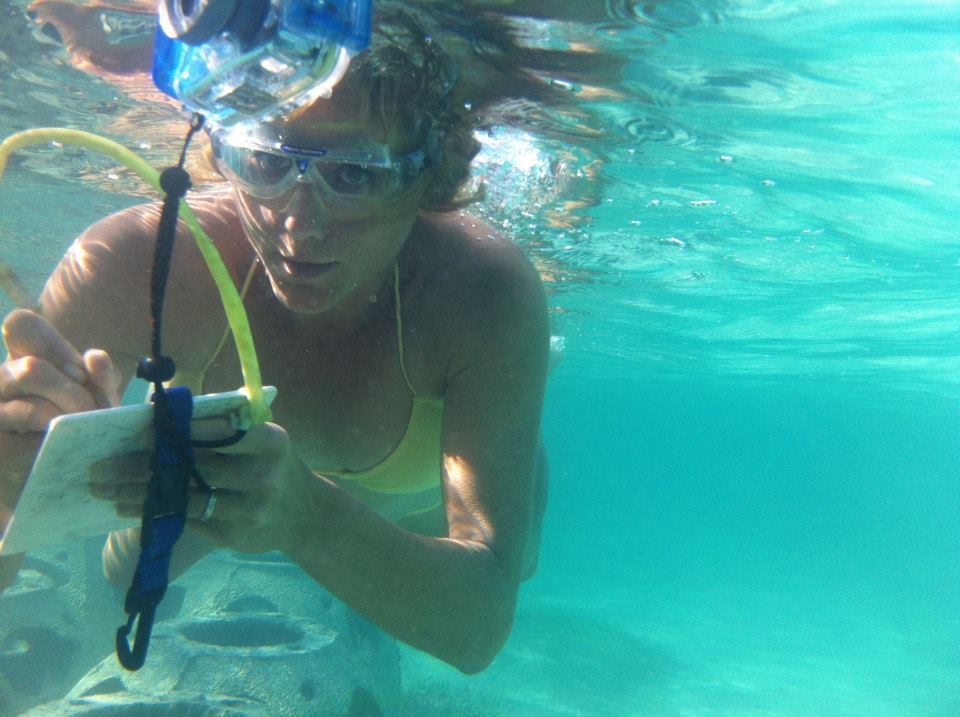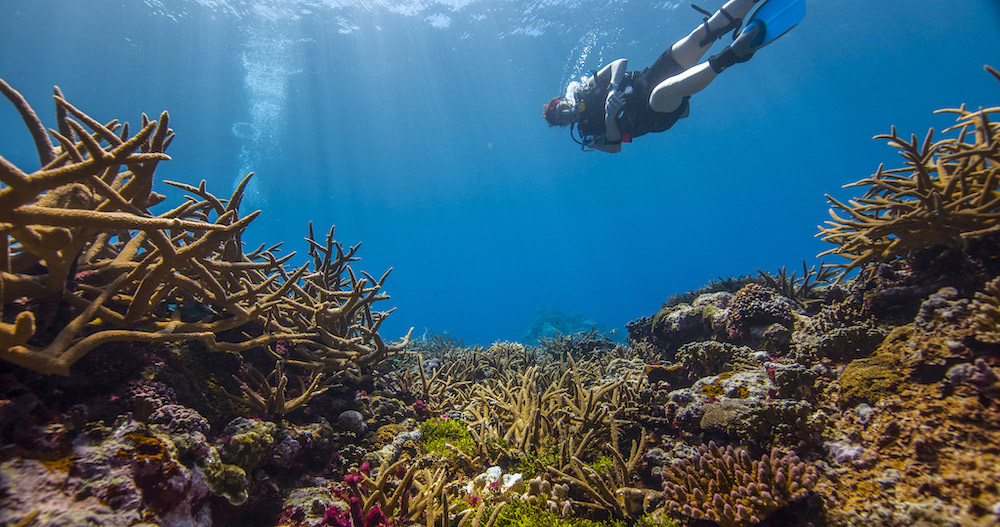Almost every single week, Reef Ball projects are being conceived, built or deployed somewhere on this beautiful planet we call home! So far the count is 20 years, 70+ countries, 7000 sites. This equates to over 750,000 of Reef Ball units in the water, helping to restore and protect our marine environment.
Grand Bahama Island is joining this crusade this Valentines week!
Paradise Cove beach resort will be showing Mother Ocean some first class love – deploying 300 of these marine disciples, creating a new near shore reef.
 If you’re a “dry head” person who’s idea of the ocean is going to some over crowed beach – wading in just deep enough to be assured you can run like hell if a fish looks at you wrong – then you probably don’t have much of an idea about the fragility of this ecosystem. For this land dwelling majority – let me ask you this – have you ever seen a land based forest that has been wiped out? I mean completely deforested, not one tree standing? If you have, I’m pretty sure you asked yourself how, why, what’s wrong with people! Why are we intentionally destroying our planet, this can’t be good thing!
If you’re a “dry head” person who’s idea of the ocean is going to some over crowed beach – wading in just deep enough to be assured you can run like hell if a fish looks at you wrong – then you probably don’t have much of an idea about the fragility of this ecosystem. For this land dwelling majority – let me ask you this – have you ever seen a land based forest that has been wiped out? I mean completely deforested, not one tree standing? If you have, I’m pretty sure you asked yourself how, why, what’s wrong with people! Why are we intentionally destroying our planet, this can’t be good thing!
If you’re a “wet head” person whose idea of the ocean is out upon the blue, far away from those crowed beaches, knowing fish aren’t dangerous but human ignorance is fatal. For this ocean loving minority, you probably have a very good idea of the unseen destruction unfolding.
Why do we need coral reefs (or artificial reefs)?
Coral reefs, the lifeblood of the seas, attract, magnify and export energy and nutrients. Unfortunately the underwater world isn’t what it used to be, due in large part to three factors: pollution, over fishing and climate change.
Our land based environment and by extension our very existence is tied to this marine environment in which coral reefs play a big part of, here are a few examples:
The Good:
- Counting only the economic value of fisheries, tourism, and shoreline protection, the costs of destroying 1km of coral reef ranges between US$137,000-1,200,000 over a 25-year period (World Resources Institute (WRI))
- Occupying less than one quarter of 1% of the marine environment, coral reefs are home to more than 25% of all known marine fish species
- Properly managed coral reefs can yield an average of 15 tons of fish and other seafood per square kilometer each year (WRI)
- More than 450 million people live within 40 miles (~60 km) of coral reefs, with the majority directly or indirectly deriving food and income from them (Seaweb)
- 32 of the 34 recognized animal Phyla are found on coral reefs compared to 9 Phyla in tropical rainforests (Status of Coral Reefs of the World, GCRMN)
The Bad:
- Coral reefs are found in 109 countries; significant reef degradation has occurred in 93 (Seaweb)
- More than 80% of the world’s shallow reefs are severely over-fished (Australian Government Report (PDF file)
- 58% of the world’s coral reefs are potentially threatened by human activity (WRI Reefs at Risk)
- We have already lost 27% of the world’s coral reefs. If present rates of destruction are allowed to continue, 60% of the world’s coral reefs will be destroyed over the next 30 years (Cesar, Degradation report, PDF file)
- From 1876-1979 only three bleaching events were recorded, whereas 60 are on record from 1980 until 1993 (Glynn, P.W. 1993. Coral reef bleaching: ecological perspectives. Coral Reefs 12:1-17); in 2002 more than 400 events were recorded (Reef education (Australia),UNEP)
What can I do:
- Use reef safe sunscreen
- Do not touch, kick or break corals
- Remove your trash and any other trash lying around whilst at the beach.
- Don’t catch, eat, touch or play with the reef creatures
- Donate to foundations that focus on protection, repair or restoration of the costal marine environment.
- LEARN TO DIVE – become a “wet head” and change your perspective.




